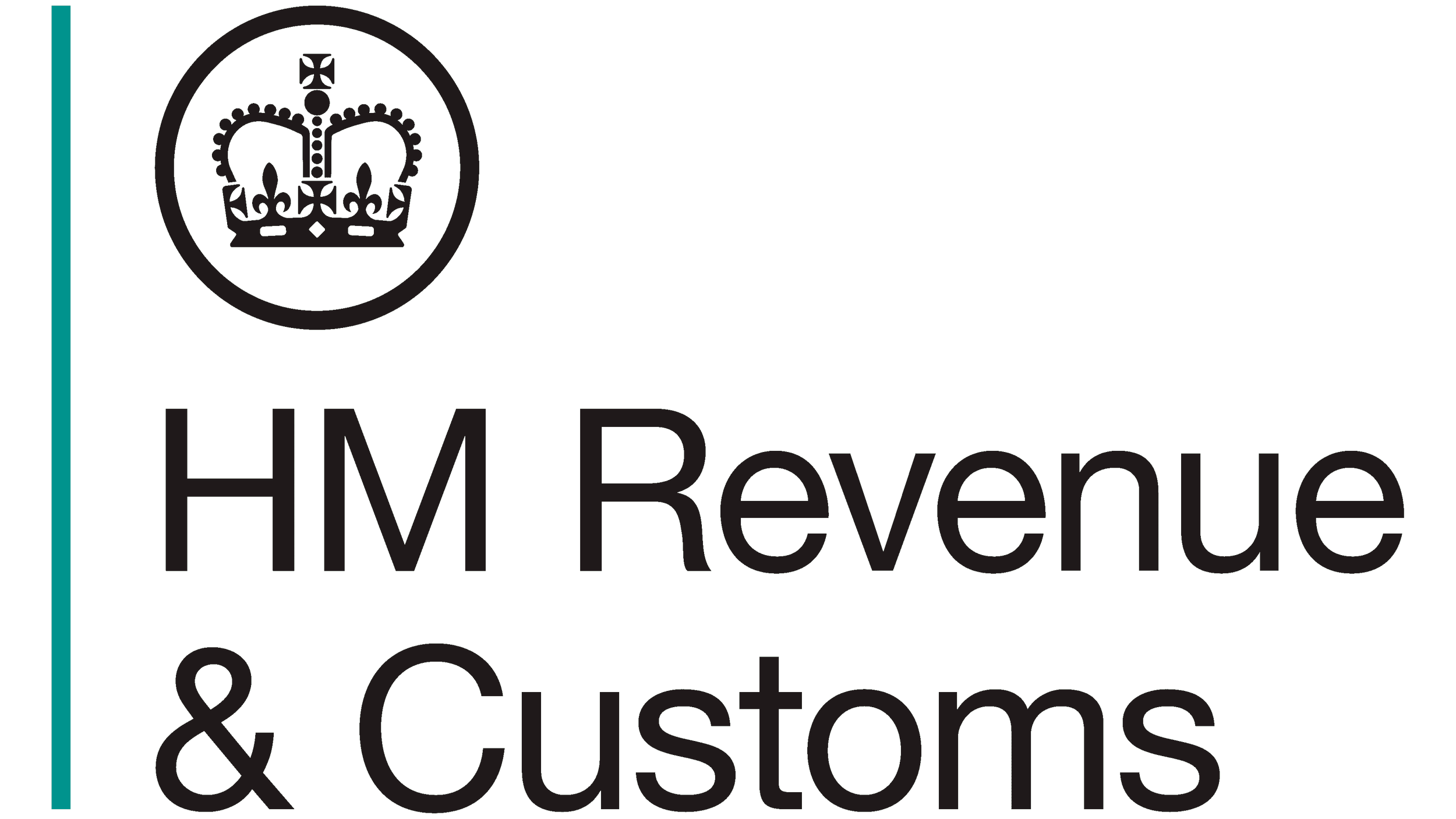We can help navigate the new business start up.
We can also help with the closedown process too…
New Startup Information
Expenses
Operations
Business Closedown process
Creditors letters
HMRC
The Gazette
Liquidators
Limited Company Accounts
Essentially, there are now 2x types of company in the United Kingdom.
-
Via Companies House
-
Register with HMRC
HMRC
His
-
Companies House
-
Gateway ID
UTC
-
Tax on operating profits, in addition to tax on PAYE income (Income tax) and Dividend payment (Self Assessment tax)
-
Generally 20% tax on sales.
International sales tax & EORI vary
-
EmployERs PAY AS YOU EARN
EmployEEs PAY AS YOU EARN
HMRC Self Assessment - SA302
Making Tax Digital for Income Tax starts in April 2026 for sole traders and landlords with qualifying income over £50,000.
-
2026 : Individuals earning over £50,000 from self-employment or property income.
MUST submit quarterly updates using MTD-compatible software.
Implementation Timeline: MTD for Income Tax will begin on April 6, 2026, for individuals earning over £50,000 from self-employment or property income.
Digital Record-Keeping: Taxpayers must maintain digital records.
Benefits: The system aims to reduce errors, increase efficiency, and provide taxpayers with a clearer view of their financial obligations throughout the year.
MTD for VAT: Already in effect, benefiting over two million businesses by improving accuracy and reducing administrative burdens.
Testing Programme: HMRC encourages early adoption through its MTD testing programme, offering support and guidance to help taxpayers transition smoothly.
For official guidance and updates, visit HMRC's MTD page.
Making Tax Digital (MTD) is an initiative by HM Revenue & Customs (HMRC) aimed at modernizing the UK tax system by requiring businesses and individuals to keep digital records and submit tax returns electronically.
-
2027: Individuals earning over £30,000 from self-employment or property income.
MUST submit quarterly updates using MTD-compatible software.
Those earning between £30,000 and £50,000 will be included from April 2027, with further expansion planned for April 2028 for those earning over £20,000.
Digital Record-Keeping: Taxpayers must maintain digital records and submit quarterly updates using MTD-compatible software.
Benefits: The system aims to reduce errors, increase efficiency, and provide taxpayers with a clearer view of their financial obligations throughout the year.
MTD for VAT: Already in effect, benefiting over two million businesses by improving accuracy and reducing administrative burdens.
Testing Programme: HMRC encourages early adoption through its MTD testing programme, offering support and guidance to help taxpayers transition smoothly.
-
2028: Individuals earning over £20,000 from self-employment or property income.
MUST submit quarterly updates using MTD-compatible software.
Those earning between £30,000 and £50,000 will be included from April 2027, with further expansion planned for April 2028 for those earning over £20,000.
Digital Record-Keeping: Taxpayers must maintain digital records and submit quarterly updates using MTD-compatible software.
Benefits: The system aims to reduce errors, increase efficiency, and provide taxpayers with a clearer view of their financial obligations throughout the year.
MTD for VAT: Already in effect, benefiting over two million businesses by improving accuracy and reducing administrative burdens.
Testing Programme: HMRC encourages early adoption through its MTD testing programme, offering support and guidance to help taxpayers transition smoothly.
For official guidance and updates, visit HMRC's MTD page.
Payroll
When starting your new business, you will need to ensure your payroll is set-up correctly
-
Before paying any staff, a new business must register as an employer with HMRC (His Majesty’s Revenue and Customs). This is a legal requirement, even if the only employee is the business owner (e.g., as a director of a limited company). You should register before the first payday—registration can take up to 5 working days, so it’s best not to leave it too late.
-
Once registered, the business must operate PAYE, which is HMRC’s system to collect Income Tax and National Insurance from employees. This includes:
Deductions for tax and National Insurance from employee wages
Employer’s National Insurance contributions
Real Time Information (RTI) submissions to HMRC every time employees are paid
Using payroll software that is HMRC-recognised helps automate this and stay compliant.
Expenses
Here is some information for start-up.
-
Startups can deduct allowable business expenses from their profits before calculating how much tax they owe.
Common allowable expenses include:Office costs (e.g. stationery, phone bills)
Travel costs (e.g. fuel, train tickets for business trips)
Staff salaries
Marketing and advertising
Professional services (e.g. legal or accounting fees)
Keeping detailed records and receipts is essential in case HMRC requires evidence.
-
Item descriptionIt's important to keep personal and business expenses separate—especially if you're a sole trader or using a personal account for startup costs.
Use a separate business bank account.
Only claim expenses that are "wholly and exclusively" for business use.
If an expense is split (e.g. mobile phone, car use), you can only claim the business-use portion.
Operations
Back link to a company website
Here is some operation information to consider for start-ups
-
Your operations will be shaped by how you set up your business. Common UK structures include:
Sole trader: Simple to set up, fewer reporting requirements, but you're personally liable for debts.
Limited company: Separate legal entity, offers limited liability, but has more compliance and reporting obligations.
Partnerships: Shared ownership, good for joint ventures, but can come with shared liability.
Choosing the right structure affects taxes, legal responsibilities, and how you can raise funds.
-
Efficient operations require basic systems in place from the start, such as:
Accounting and bookkeeping tools (e.g. Xero, QuickBooks, FreeAgent)
Inventory or order management (if applicable)
Customer relationship management (CRM) tools for sales and service
Cloud storage and collaboration tools (e.g. Google Workspace, Microsoft 365)
Setting these up early helps streamline work, support scalability, and stay compliant.
Get Online
When you start your business, it’s important to get online straight away. Here are some ideas of what you should do:
-
Choose and register a relevant, memorable domain name (e.g., yourbusiness.co.uk or .com) that reflects your brand. This will be used for your website and email address. Use a trusted UK domain registrar like:
123 Reg
GoDaddy
Namecheap
Tip: Secure both .co.uk and .com if available.
-
Create a website that clearly presents your products/services, contact details, and business story. You can:
Use a website builder like Wix, Squarespace, or Shopify (good for e-commerce)
Or hire a freelance web developer for a custom site
Ensure your site is mobile-friendly and SEO-optimised so people can find you via search engines.
-
Use your domain to create professional email addresses (e.g., info@yourbusiness.co.uk) instead of free Gmail or Yahoo accounts. This boosts trust and brand image.
You can set this up through services like:
Google Workspace (Gmail for business)
Microsoft 365 (Outlook)
-
Set up profiles on relevant platforms (e.g., Facebook, Instagram, LinkedIn, X/Twitter) to promote your brand, connect with customers, and share updates. Make sure branding (logo, tone, contact info) is consistent across platforms.
You can also use Meta for Business which combines Facebook and Instagram
Start with the platforms your target audience uses most.
Support - D365 Project Operations
We can provide extra support for new start-ups using D365 Project Operations. Here are some more details:
-
Using D365 Project Operations gives start-ups structure, efficiency, and professionalism right from the beginning—especially when managing client projects and billing. It reduces admin, improves client trust, and helps ensure your business gets paid accurately and on time.
-
Microsoft Dynamics 365 Project Operations is a powerful, all-in-one business application designed to help companies manage projects, finances, and resources in a unified system. For a new start-up, especially in professional services, consulting, engineering, or project-based industries, D365 Project Operations can offer significant advantages:
Key Benefits for Start-Ups:
All-in-One Project Management
Combines project planning, time tracking, resource management, and billing in one place—reducing the need for multiple tools and manual work.Scalable and Cloud-Based
Built on Microsoft’s cloud platform, it’s scalable as your business grows. You can start small and expand functionality over time.Improved Visibility and Control
Gain real-time insight into project progress, costs, and profitability, allowing you to make better business decisions early on.Seamless Integration
Works natively with Microsoft 365 (Excel, Teams, Outlook) and Power Platform (Power BI, Power Automate), streamlining workflows and collaboration.Professional and Accurate Billing
Automates the complex billing process to ensure you get paid on time and correctly—especially important for managing early-stage cash flow.
-
Billing is a critical function for any project-based start-up. D365 Project Operations provides flexible, accurate billing capabilities that help manage revenue efficiently and avoid disputes.
Key Features of Billing:
Time and Expense Billing
Automatically capture billable time and expenses logged by team members and convert them into invoices with minimal admin effort.Milestone or Fixed-Price Billing
Supports both time-and-materials and fixed-price project types, with the ability to bill based on progress milestones or set schedules.Customisable Invoices
Create branded, itemised invoices that reflect your pricing agreements, taxes, and payment terms. You can generate them manually or automatically.Revenue Recognition
Built-in compliance with revenue recognition standards (e.g., IFRS 15), which is useful if you're planning to scale or attract investors.Integration with Finance
If you're using D365 Finance, billing data flows directly into your accounting system for streamlined financial reporting and cash flow forecasting.
Creditors letters
When you close down your business, you will need to inform your creditors.
-
Before notifying creditors, it’s essential to review the official company closure guidance on GOV.UK. This ensures you follow the correct legal process based on how you're closing the company—whether by voluntary strike-off, liquidation, or administration.
The guidance explains your duties around:
Notifying HMRC and Companies House
Settling outstanding debts
Informing creditors
Appointing an insolvency practitioner, if required
Once you’ve reviewed the process, you can begin preparing formal letters to all known creditors, letting them know:
The company is closing
The reason and method of closure
How and when to submit claims
Who to contact with questions
This step helps you stay compliant, avoid penalties, and maintain professional relationships during the winding-up process.
-
When a company is closing—whether through voluntary liquidation, dissolution, or administration—it must formally notify all known creditors in writing. This includes suppliers, lenders, landlords, and HMRC.
The notification should explain:
That the business is closing
The reason for closure (e.g., voluntary liquidation)
Who to contact regarding claims or debts
The timeline for the closure process
This allows creditors to submit any outstanding claims and protects the business from future disputes.
HMRC
When closing your business, you will need to inform HMRC:
-
You must notify HMRC that you're ceasing to trade. The exact steps depend on your business structure:
Sole traders or partnerships: Tell HMRC you’ve stopped self-employment using your Government Gateway or by contacting them directly.
Limited companies: You must inform HMRC that the company is no longer trading, and submit final accounts and a Company Tax Return. You should also apply to close your PAYE scheme, if applicable.
-
Before closing, you need to make sure all taxes are up to date and paid, including:
Final Corporation Tax Return (for limited companies)
Final Self Assessment tax return (for sole traders/partners)
VAT Return and de-register for VAT if you were VAT registered
Pay any outstanding PAYE/NIC for employees
Failure to settle your tax obligations can lead to fines or delays in officially closing the business.
The Gazette
You will need to inform the gazette of your business closure, here is some useful information:
-
The Gazette is the UK’s official public record, used to publish legal and official notices, including those related to business closures, insolvency, and company strike-offs.
There are three versions:
The London Gazette (England & Wales)
The Edinburgh Gazette (Scotland)
The Belfast Gazette (Northern Ireland)
-
If a company is being formally closed or liquidated, certain notices must be published in The Gazette. This includes:
1. Voluntary Strike-Off (Dissolution)
If directors apply to dissolve a company (using form DS01), Companies House will publish a notice in The Gazette:
To inform creditors and other stakeholders
To allow anyone to object to the closure (e.g., if money is still owed)
2. Insolvency (Liquidation or Administration)
In cases of creditors’ voluntary liquidation (CVL) or compulsory liquidation, The Gazette is used to:
Announce the appointment of a liquidator or administrator
Invite creditors to submit claims
Provide notice of meetings or final closure
These notices are usually submitted by an insolvency practitioner.
-
Publishing in The Gazette:
Ensures the process is transparent and legally valid
Gives creditors and interested parties a chance to respond
Is often a legal requirement before Companies House can complete the closure
Failing to follow this process can result in delays, legal issues, or claims against directors.
Liquidators
When you close your business, you need to work with liquidators. Here is some more information:
-
When a business goes into liquidation (e.g., Creditors' Voluntary Liquidation or Compulsory Liquidation), a licensed insolvency practitioner is appointed as the liquidator.
Their responsibilities include:
Selling company assets to raise funds
Paying off creditors in the correct legal order
Investigating the company’s financial affairs
Ensuring the company is properly closed and struck off the Companies House register
The liquidator acts in the interest of all creditors, not the directors or shareholders.
-
A key part of the liquidator's role is to:
Notify creditors of the liquidation
Invite them to submit claims for money owed
Distribute available funds fairly
Submit formal notices to Companies House, HMRC, and The Gazette
They also prepare a final report detailing how the liquidation was handled and how much creditors received.















